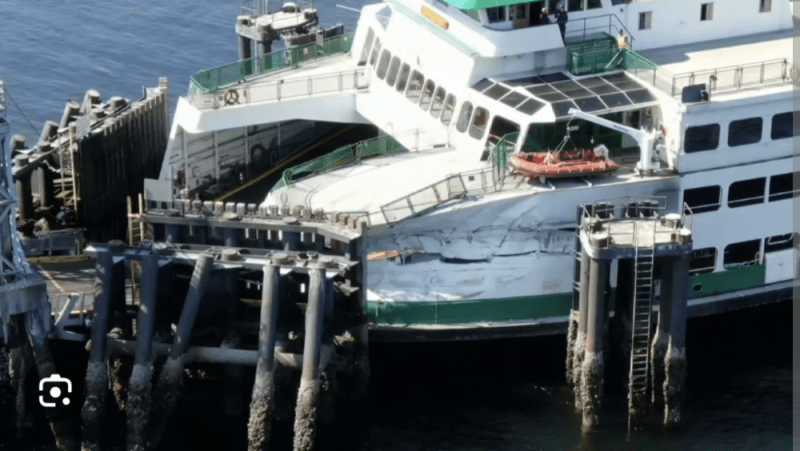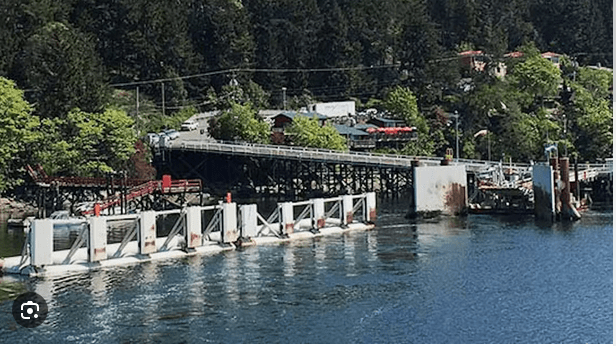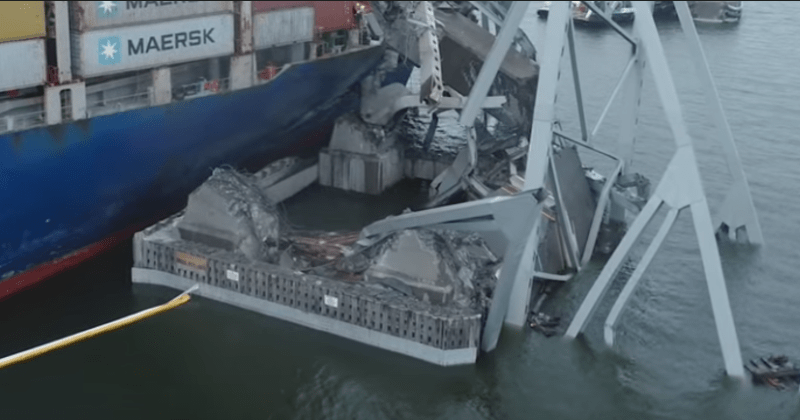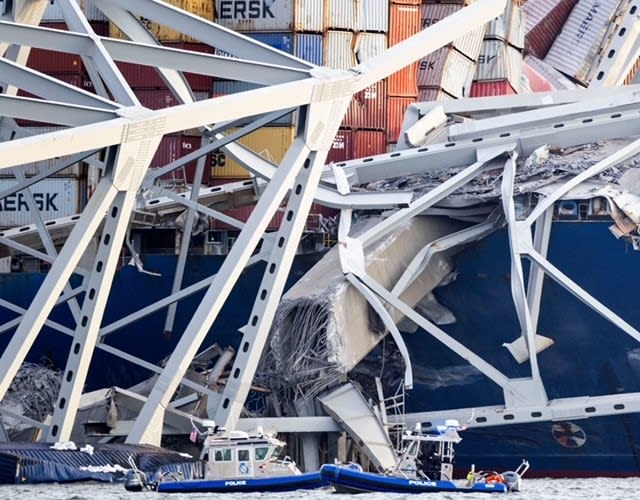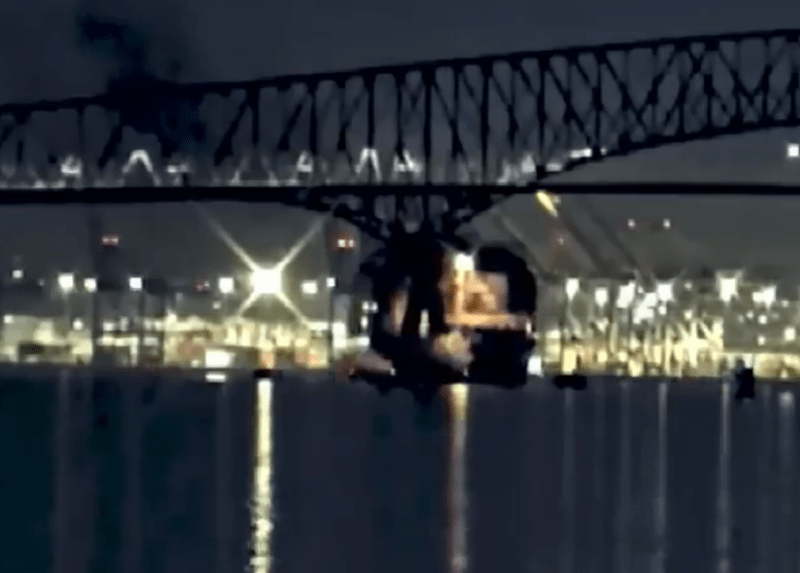Tomfh
Structural
- Feb 27, 2005
- 3,588
Follow along with the video below to see how to install our site as a web app on your home screen.
Note: This feature may not be available in some browsers.
enginesrus said:The excessive smoke from the engines looks like they were throttled up, then backed off. What engine or engines does this ship have? How many props?
Tomfh said:How do the dolphins work? Where does all that energy go?
